A Disorienting Descent into Interactive PsychosisSchedule I doesn’t want to entertain you in the traditional sense—it wants to dissect your sense of structure, logic, and stability. This is a game that doesn’t just break the fourth wall; it erodes it, glitch by glitch, until you’re not sure if you’re playing the simulation or being simulated y...

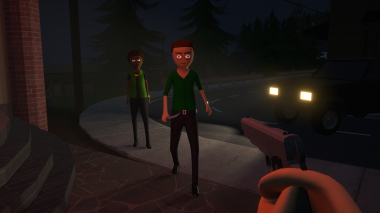
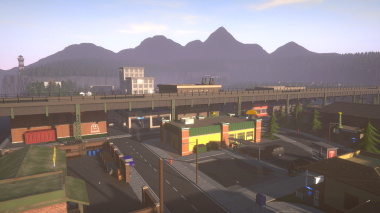

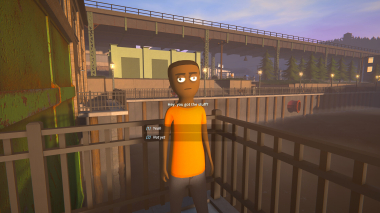
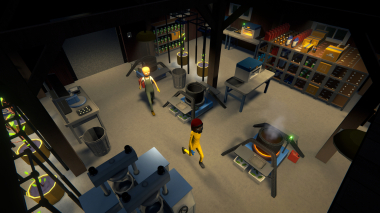
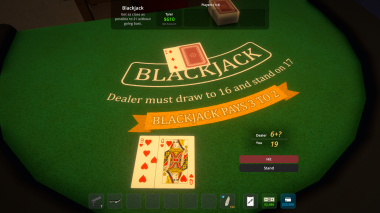
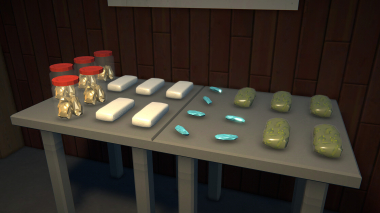
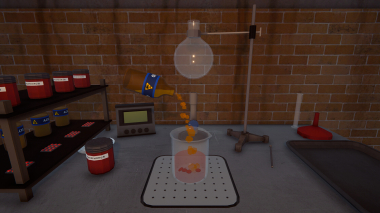
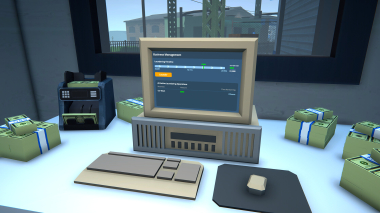
Schedule I
A Disorienting Descent into Interactive Psychosis
Schedule I doesn’t want to entertain you in the traditional sense—it wants to dissect your sense of structure, logic, and stability. This is a game that doesn’t just break the fourth wall; it erodes it, glitch by glitch, until you’re not sure if you’re playing the simulation or being simulated yourself. Emerging from the experimental horror scene, this title is less about survival and more about surrendering to the unknown.
On first launch, Schedule I barely acknowledges standard game conventions. There’s no HUD, no objectives, and often no indication of success or failure. You’re dropped into a looping facility simulation, where reality deteriorates the longer you remain inside. Sounds simple—but the mechanics are anything but.
What It’s Like to Play
Gameplay centers on psychological immersion. Objects fade in and out based on your emotional state, background noise seems reactive, and controls occasionally become unresponsive—not due to bugs, but by design. Every minute in Schedule I is built to disorient, distort, and destabilize your expectations of how a game should behave.
What you do is entirely up to you. Some players follow audio triggers, others explore folders within the game directory, and a few use external tools to analyze hidden files. This isn’t just a game you play; it’s one you investigate. It offers no clear ending, but there are pathways—some buried, some visible only after unlocking specific responses through play. These discoveries have fueled a growing library of user-made mods that introduce alternate story branches, themes, and soundscapes.
Is It Really Free and Unblocked?
Yes—Schedule I is 100% free to download and play. And better yet, it’s accessible across most environments. Whether you’re gaming from a home PC or trying to sneak in a session during a school break, the unblocked browser version lets you run the game without firewall interference.
You can install the full version by extracting a lightweight archive—no complex installation, no DRM. The game supports PC and Mac natively, and Android access is available via cloud gaming or third-party emulators. Some players have even managed to boot it on unsupported platforms using mods or virtualization tools.
Design That Disturbs, On Purpose
Visually, Schedule I is aggressively minimal. Graphics resemble a corrupted VHS tape rendered in real-time—think flat textures, unstable lighting, sudden aspect-ratio changes, and digital static that seems to evolve as the game progresses. It’s less aesthetic and more thematic: visual instability reflects the player’s growing detachment from reality within the game.
Audio is a relentless force. Voices loop out of sync, environmental sounds become warped echoes, and silence arrives in waves—always tense, never comforting. Even system notifications are weaponized. There are moments where the game mimics an operating system crash or generates false error messages to shake your sense of safety.
Replay Value & Community Engagement
There’s no single way to “win” in Schedule I. One session might end in a visual freeze after you tamper with internal logic scripts. Another could reveal encrypted logs that imply a hidden narrative structure. This nonlinear chaos is exactly what’s drawn in a cult following of players who’ve created cheat toggles, language patches, and mods that let you alter the game’s logic entirely.
Community-built modifications are highly encouraged—some hidden menu options even reference them. The game behaves differently when altered, offering exclusive rooms and responses based on file edits or external input. While cheats can be used, they’re not documented, and most only deepen the mystery instead of simplifying gameplay.
Final Thoughts
Schedule I doesn’t want to be liked—it wants to be experienced. It’s an art installation masquerading as a game, designed for those who thrive on ambiguity, discovery, and psychological tension. It’s free, unblocked, and totally unhinged in the best way. If you're looking for a title that challenges your perception of interactivity itself, this one deserves your download.
How to download and install Schedule I
The game is available for free on its official site and select indie hosting platforms. Both the downloadable and unblocked browser versions are available, with no registration or payment needed. Supported platforms include Windows and Mac; Android users can play via emulators or streaming services. There's no official console or iOS release, but community workarounds exist.
To install, simply download the game archive, extract the files, and launch the executable—no installer required. Minimum specs: 2GHz dual-core CPU, 4GB RAM, and integrated graphics for PC/Mac; Android 9.0+ with 3GB RAM for mobile access. Mods are available and encouraged. Cheats can be activated by editing config files or unlocking specific in-game triggers. Unblocked access is possible through the browser version, even on restricted networks.
- deeply immersive design that reacts to player behavior
- free to download and accessible across multiple platforms
- can be played unblocked in firewalled environments
- supports custom mods and experimental add-ons
- unique audio-visual feedback loops that enhance immersion
- nonlinear structure allows for multiple unique outcomes
- encourages exploration beyond in-game boundaries
- surprisingly low system requirements.
- no clear tutorial or guidance, which can frustrate some users
- not optimized for older mobile devices or certain emulators
- its abstract nature may alienate casual players
- occasional visual overload can cause discomfort for sensitive users.




